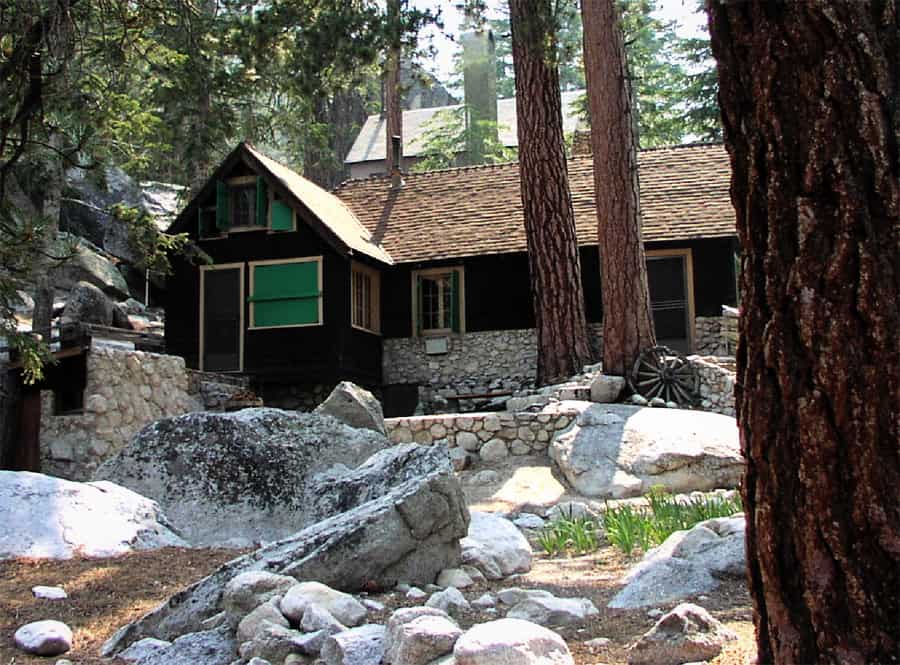A while back on this blog here, I wondered about Ark Initiative’s ongoing interest in Burnt Mountain (800 trees 6.5 acres, and mass extinctions).
Fortunately, a reporter for the Aspen Times had the time and the skills to investigate more.
Here’s a link and below is an excerpt.
“What exactly is the Ark Initiative, and why is it interested in Burnt Mountain? It’s largely a one-person operation run by environmental consultant Donald “D.J.” Duerr, who helped found the organization and serves as its president and director. Duerr is a veteran of the conservation movement who has a reputation of being very capable but also very difficult to work with. One source, who asked not to be quoted by name, said Duerr isn’t a team player and often thinks his approach is the only approach to an issue.
Duerr created the Ark Initiative in the late 1990s. The organization’s website, http://ark.savelifenow.org, says it is “dedicated to protecting life, including human life. Our highest priority is halting the global mass extinction.”
The website says the Ark Initiative works on a “wide variety of life preservation issues,” but none are cited. The organization’s finances are also closely guarded — more so than many other environmental nonprofits. Nonprofits are required by the Internal Revenue Service to fill out a Form 990 on their finances. The website Guide Star posts the forms, with the cooperation of the nonprofits, so it provides reporters, prospective donors and interested members of the public with a glimpse at an organization’s operations. The Ark Initiative’s financial forms aren’t available through Guide Star. Duerr didn’t respond to a request by The Aspen Times on Monday to provide Ark Initiative’s latest annual report, nor did he respond to repeated requests for an interview.
So far, it’s been impossible to tell from public records where the Ark Initiative’s money is coming from for the Burnt Mountain fight.
A limited amount of information is available about Ark Initiative at the Wyoming secretary of state’s website. In addition to listing Duerr as president and director, Leila Bruno, of Laramie, Wyo., is the treasurer and director. Sylvia Callaway, whose mailing address is in care of an Austin, Texas, residence, is listed as vice president and director.
The extent of the Ark Initiative’s environmental activism is difficult to gauge. Public records indicate Duerr submitted comments to the Forest Service to oppose two timber sales: one in Wyoming in 2009 and the other in South Dakota in 2010.”
Interesting. I had heard through the rumor mill that it was a neighbor who didn’t want more people skiing around.. it’s possible that “keeping out the riff-raff” will be hard to distinguish from legitimate environmental concerns. Again, thanks to the Aspen Times for investigating.
